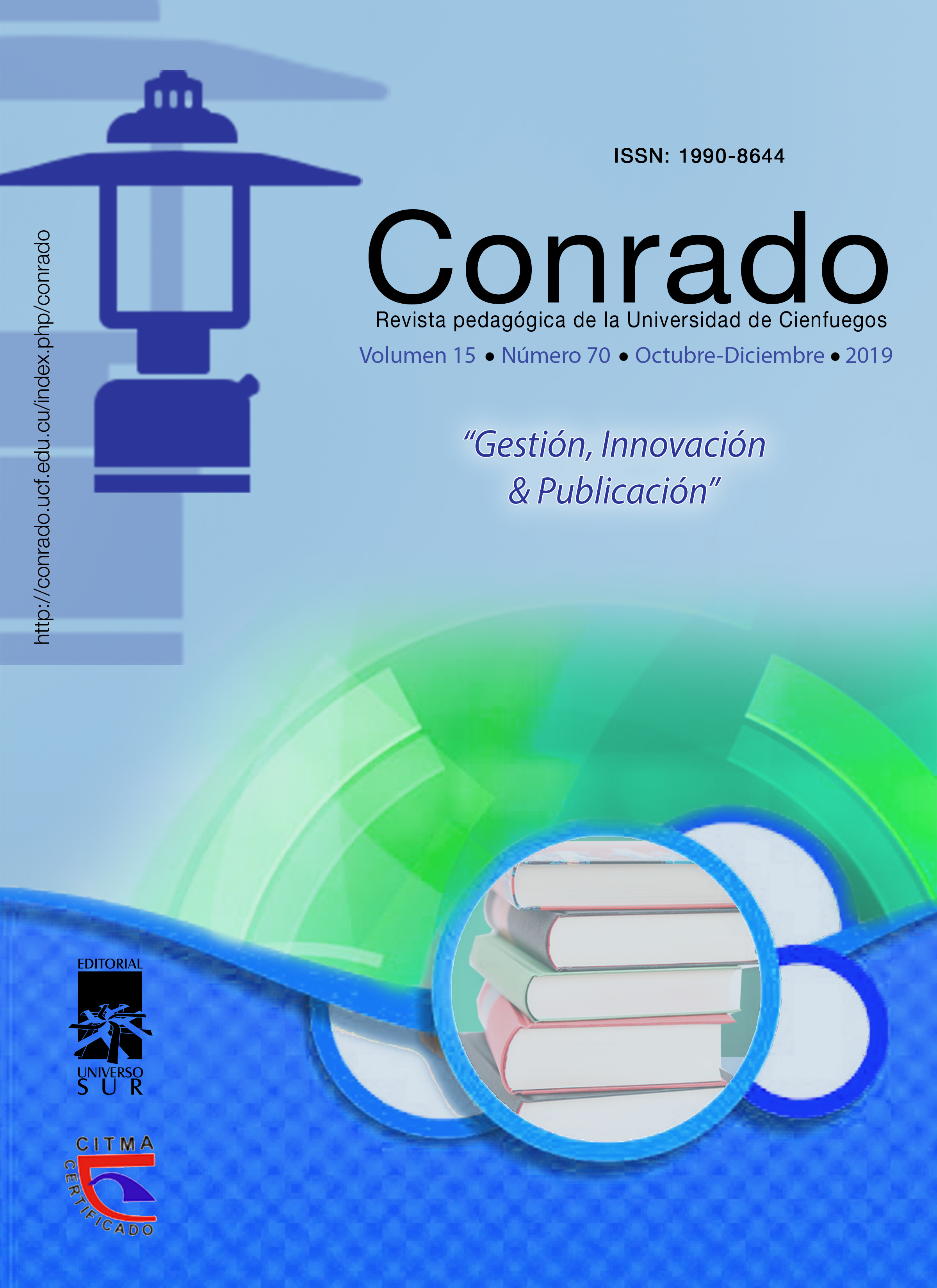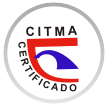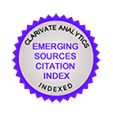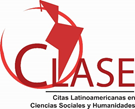Responsibility and liabilities in consequence of harm in private international law
Abstract
For many years there was a traditional conflict-binding - the country's right of place of causing harm. At the same time, with the complication of relations in society, new offenses arose, to which it is now difficult to apply traditional binding. Modern trends in literature are called alternative: the victim can choose the law of the place of occurrence of harm or the law of the place where the offense was committed. In this article, we have analyzed the modern approach, which consists in the consistent rejection of the territorial linkage of the element of a tort legal relationship, since these circumstances may be undefined for finding the legal space to which the entire relationship is tied. The article analyzes judicial practice, identifies the problems of choice, the law applies t relations in the field of harm.
Keywords:
Law, harm, offense, private international law, tort.
RESUMEN
Durante muchos años hubo un conflicto tradicional vinculante: el derecho de lugar del país de causar daño. Al mismo tiempo, con la complicación de las relaciones en la sociedad, surgieron nuevas ofensas, a las cuales ahora es difícil aplicar la vinculación tradicional. Las tendencias modernas en la literatura se llaman alternativas: la víctima puede elegir la ley del lugar de ocurrencia del daño o la ley del lugar donde se cometió el delito. En este artículo, hemos analizado el enfoque moderno, que consiste en los siguientes enlaces. También describe la práctica judicial, identifica los problemas de elección, la ley se aplica a las relaciones en el campo del daño.Palabras clave:
Ley, daño, ofensa, derecho internacional privado, agravio.Downloads
Published
How to Cite
Issue
Section
License
The publishing house “Universo Sur”, of the University of Cienfuegos, publishes the content of the Conrado Journal under a Creative Commons Attribution-NonCommercial-NoDerivs 4.0 International License.
© The contents of this publication may be reproduced and shared, in part or in whole, for non-commercial purposes, provided that it is reproduced verbatim and the source is acknowledged.







